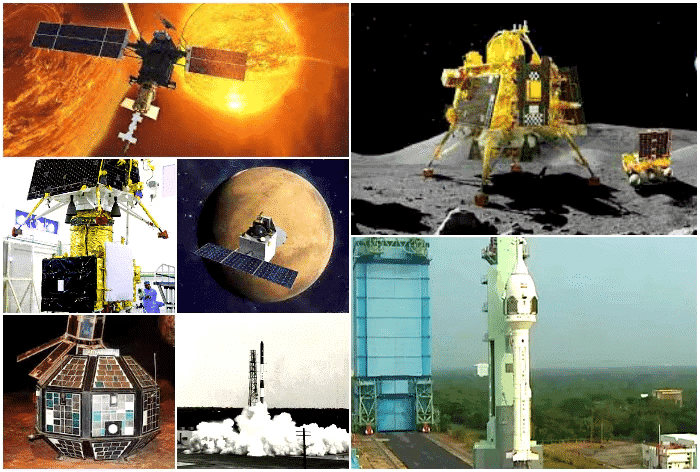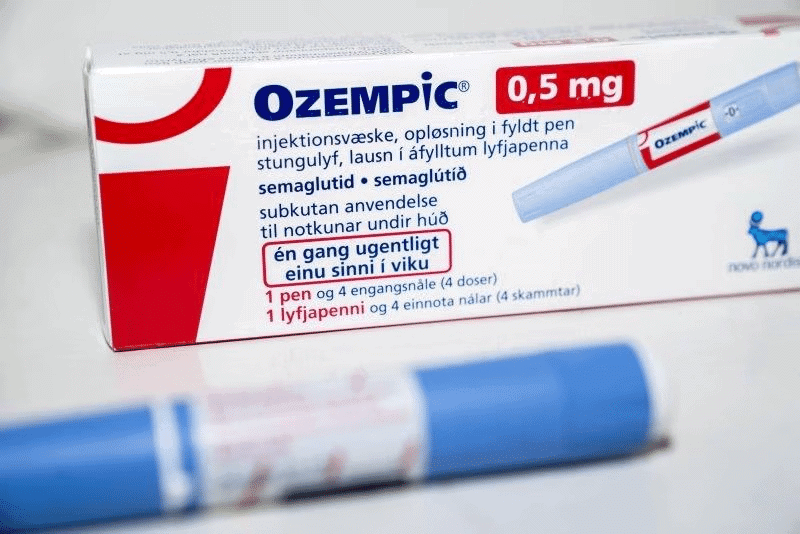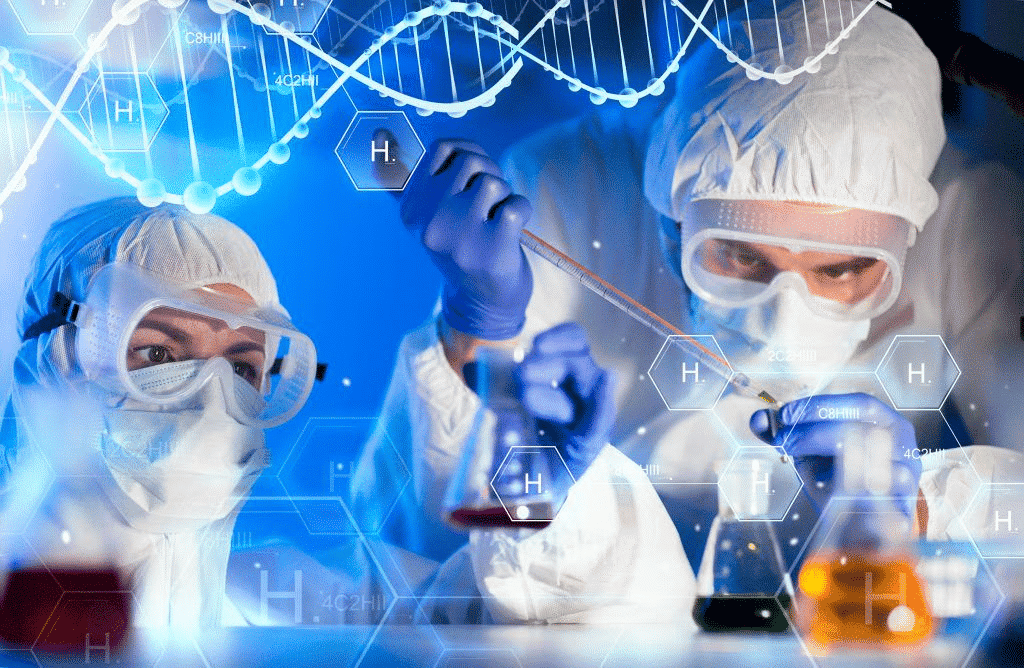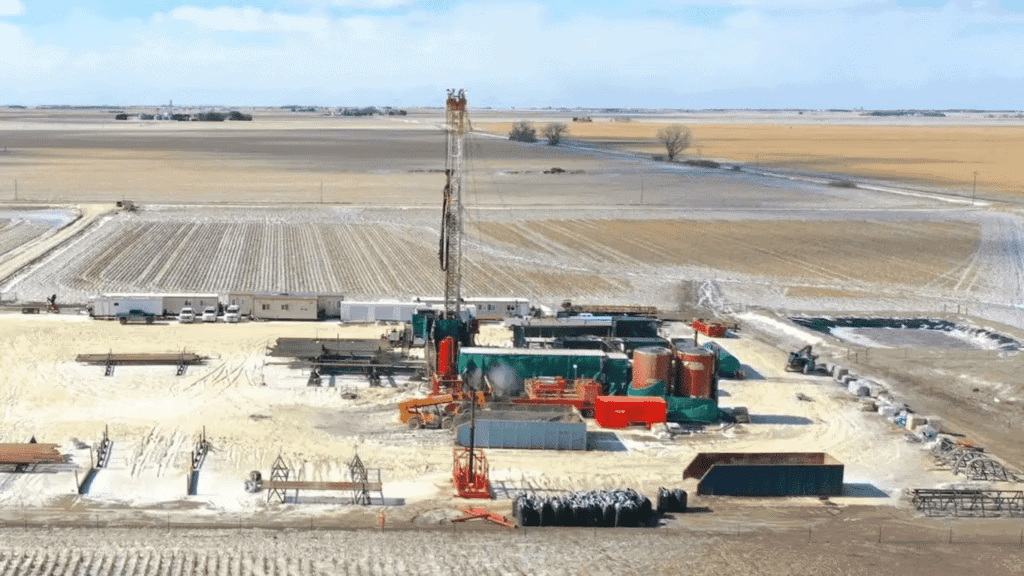Science and Technology: May 2025 Current Affairs | Current Affairs & General Knowledge - CLAT PDF Download
| Table of contents |

|
| Evolution of India's Space Program |

|
| Semaglutide for Fatty Liver Treatment |

|
| Antibiotic Resistance in India: A Study Overview |

|
| Natural Hydrogen |

|
Evolution of India's Space Program

Why in News?
The Global Space Exploration Summit (GLEX) 2025 is being held in New Delhi under the theme “Reaching New Worlds: A Space Exploration Renaissance.” The Prime Minister emphasized that India’s space programme transcends scientific discovery, acting as a tool for empowering citizens and fostering economic and social development. Concurrently, the European Space Agency (ESA) has expressed its openness to collaboration with India on broad and uncharted realms of space exploration.
Key Takeaways
- India’s space program has evolved significantly since its inception in the 1960s.
- Major milestones include the successful Chandrayaan and Mangalyaan missions.
- Current challenges include budget constraints, import dependencies, and geopolitical competition.
Additional Details
- Humble Beginnings (1960s–1970s): The first sounding rocket, a US-made Nike-Apache, was launched in 1963 from Thumba, Kerala, focusing on basic atmospheric studies and establishing foundational infrastructure.
- Building Indigenous Capabilities (1980s–1990s): Development of the Satellite Launch Vehicle (SLV), INSAT series for communication and weather monitoring, and IRS for agriculture, water management, and disaster response were key achievements during this period.
- Entering the Global Arena (2000s–2010s): India launched Chandrayaan-1 in 2008, which was successful in discovering water molecules on the Moon. The Mangalyaan mission in 2014 made India the first country to reach Mars on its first attempt.
- Future Ambitions (2020s–2040s): Development of the Gaganyaan mission to send Indian astronauts into space and plans for establishing the Bharatiya Antariksh Station by 2035 are among the future goals.
- Economic Impact: ISRO's satellite data aids in various public service schemes, enhances agricultural productivity, and supports disaster management through timely data on climatic changes.
- Key Challenges: India’s space budget is only 0.04% of GDP, leading to limitations in funding significant projects and technology development.
India's space program has progressed from its humble beginnings to becoming a global player in space exploration. Despite facing challenges such as budget constraints, import dependencies, and geopolitical competition, India continues to strive for advancements in indigenous technology and international collaboration to enhance its space capabilities.
Semaglutide for Fatty Liver Treatment

Why in News?
A recent study has revealed that semaglutide, a medication commonly used for weight loss and diabetes (found in brands like Ozempic and Wegovy), is also effective in treating fatty liver disease, specifically known as Metabolic Dysfunction Associated Steatohepatitis (MASH).
Key Takeaways
- Semaglutide: A GLP-1 receptor agonist effective in managing type 2 diabetes and obesity.
- Fatty Liver Disease: Characterized by excess fat accumulation in liver cells, impacting liver function.
- NAFLD: Non-Alcoholic Fatty Liver Disease is prevalent and can lead to serious liver complications.
- Treatment Options: Focus on weight loss and medications to manage liver fat.
Additional Details
- What is Semaglutide? Semaglutide is a glucagon-like peptide-1 (GLP-1) receptor agonist that helps lower blood sugar by increasing insulin secretion, inhibiting glucagon release, and delaying gastric emptying.
- Side Effects: Common side effects include nausea, vomiting, diarrhea, constipation, and abdominal discomfort. It is contraindicated for individuals with a history of medullary thyroid cancer or Multiple Endocrine Neoplasia type 2.
- Non-Alcoholic Fatty Liver Disease (NAFLD): This condition involves fat accumulation in the liver without excessive alcohol intake, potentially leading to serious liver damage.
- Stages of MASLD:
- NAFL: Fat buildup without liver damage.
- NASH/MASH: Inflammation and scarring of the liver, with potential progression to cirrhosis or liver cancer.
- Fibrosis: Scar tissue formation affecting liver function.
- Cirrhosis: Severe stage with permanent liver scarring and risk of liver failure.
- Treatment for Fatty Liver Disease: The primary treatment involves weight loss through lifestyle changes or medication. Options include GLP-1 receptor agonists, Resmetirom (a costly thyroid hormone-based drug), FGF21 drugs, and Tirzepatide (a dual-action medication).
- Overall, semaglutide shows promise in addressing fatty liver disease, particularly in patients struggling with obesity and diabetes. Further research may solidify its role in liver health management.
Antibiotic Resistance in India: A Study Overview

Why in News?
A recent study published in The Lancet Infectious Diseases highlighted significant challenges in treating drug-resistant infections in India, revealing that only 7.8% of patients received appropriate antibiotics for carbapenem-resistant Gram-negative (CRGN) infections. This figure is slightly higher than the average of 6.9% across eight low- and middle-income countries (LMICs), emphasizing a critical healthcare issue.
Key Takeaways
- The study analyzed 1.5 million cases of CRGN infections across India, Bangladesh, Brazil, Egypt, Kenya, Mexico, Pakistan, and South Africa.
- In India, nearly 10 lakh CRGN infections were recorded in 2019, but fewer than 1 lakh patients received the necessary treatment.
- Approximately 3.5 lakh deaths in India are attributed to inadequate treatment of these infections.
Additional Details
- Carbapenem-resistant Gram-negative (CRGN) Infections: These infections are caused by bacteria resistant to carbapenems, considered last-resort antibiotics. Treatment options are limited to newer generation antibiotics such as ceftazidime-avibactam, colistin, tigecycline, and fosfomycin.
- Barriers to Treatment: Factors contributing to low treatment rates include irrational overuse of high-end antibiotics and limited access for patients who genuinely need them.
- Global Initiatives: The WHO's Novel Medicines Platform (NMP) launched in April 2024 aims to improve sustainable access to antibiotics and innovate new treatments.
Natural Hydrogen

Why in News?
Natural hydrogen is emerging as a promising clean, plentiful, and cost-effective energy source, attracting increasing global interest as a potential cornerstone in the shift toward green energy.
What are Key Facts About Natural Hydrogen?
- About: Also known as geologic or white hydrogen, natural hydrogen refers to hydrogen gas (H₂) that forms and accumulates naturally within the Earth's crust.
- Unlike hydrogen produced through industrial processes (from fossil fuels or renewables), this type originates from natural geological activity, offering hope for a breakthrough in sustainable energy.
- Formation: Natural hydrogen is found underground and is generated through various natural geological mechanisms such as:
- Serpentinisation: A chemical reaction between water and iron-rich rocks.
- Radiolysis: The breakdown of water molecules by radioactive minerals.
- Organic Decomposition: The transformation of buried organic materials deep within the Earth.
- Discovery: In 1987, a borehole in Bourakébougou, Mali, emitted an unusual flame. By 2012, it was confirmed to contain hydrogen with 98% purity. Significant finds in France’s Lorraine and Moselle regions uncovered 92 million tonnes of hydrogen—equivalent to half of the world’s current annual hydrogen production.
- Major Reserves: Hydrogen seeps have been identified in over 10 countries, including Australia, the USA, France, South Korea, Canada, and Spain.
India’s Natural Hydrogen Potential
India's unique geological formations position it as a favorable region for natural hydrogen discovery:
- Ultramafic and mafic rock formations, ophiolite belts, and greenstone terrains.
- Sedimentary basins in regions such as Vindhyan, Cuddapah, Gondwana, and Chhattisgarh.
- Presence of hydrothermal systems and hot springs, indicating possible subsurface hydrogen activity.
- Potential Impact: Even if just 2% of the Earth's natural hydrogen can be extracted, it could supply twice the energy content of all existing natural gas reserves and fulfill global hydrogen requirements for the next two centuries.
- Cost Efficiency: The projected production cost of natural hydrogen is around USD 1 per kilogram—making it more economical than both green and grey hydrogen.
- A worldwide surge in exploration is underway, with the number of companies investigating natural hydrogen increasing from 10 in 2020 to 40 in 2023.
|
98 videos|939 docs|33 tests
|
FAQs on Science and Technology: May 2025 Current Affairs - Current Affairs & General Knowledge - CLAT
| 1. What are the key milestones in India's space program? |  |
| 2. How has the Indian Space Research Organisation (ISRO) contributed to global space exploration? |  |
| 3. What are the current and future objectives of India's space program? |  |
| 4. How does India's space program address socio-economic challenges? |  |
| 5. What role does public-private partnership play in the evolution of India's space program? |  |















